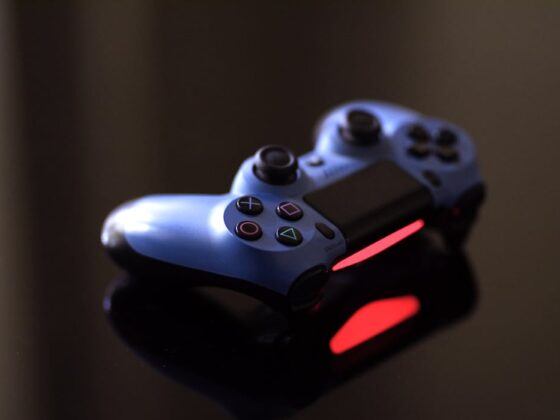
Luxury watches have been a long-standing symbol of sophistication, wealth and status. But in recent years, they have had to adapt to the rapid technological advancements that are changing the way people interact with timepieces. From smartwatches that offer fitness tracking capabilities to luxury watchmakers integrating digital displays into their designs, technology is playing an increasingly important role in the world of luxury watches.
In this article, The Watch Exchange London explore how technology has impacted the industry and what it means for those who wear these timeless pieces.
The Benefits of Technology on Luxury Watches
Luxury watches have long been considered timeless accessories and iconic symbols of sophistication. However, in recent years, the watch industry has seen a resurgence with the integration of new technologies into these classic pieces. From solar charging capabilities to sapphire crystal screens and advanced materials, technological advancements are bringing luxury watchmaking into the modern age.
Solar Charging Capabilities
One of the major advantages of technology in luxury watches is the introduction of solar charging capabilities. This feature allows for watches to be powered by light and does not require battery replacements or charging cables. For example, Tag Heuer’s Connected Modular 45 smartwatch can stay powered for up to 25 days using just its solar panel – even longer when used with conventional methods such as cordless charging. This ensures that users are able to enjoy their watches without worrying about power loss or regular battery replacement.
Sapphire Crystal Screens
Another benefit of technology in luxury watches is the use of sapphire crystal screens. Unlike traditional watch displays, these sapphire crystal displays are scratch-resistant and shatterproof, making them ideal for everyday wear and tear. Additionally, they provide clear visibility even when exposed to direct sunlight or in low-light environments such as inside a car at night. As a result, more sophisticated designs are possible with this new screen material and users can enjoy enhanced readability no matter what their environment may be like.
Advanced Materials
Finally, technology has also enabled watchmakers to use more advanced materials in their designs. These materials make for durable yet elegant watches that offer superior performance under extreme conditions such as underwater or within high altitudes. For instance, Rolex’s Submariner collection features a patented Oystersteel construction which makes it resistant to corrosion from extreme temperatures and saltwater exposure while still maintaining its aesthetic appeal.
Advanced Connectivity
Technology has also enabled luxury watchmakers to integrate advanced connectivity features into their designs. This includes Bluetooth, Wi-Fi and NFC support which allow users to stay connected with their watches even when away from home. Additionally, these features provide access to a wide range of apps and notifications that can be used for tracking fitness goals or staying up-to-date with the latest news. As a result, luxury watches are now more than just timepieces – they are an essential part of modern life.
Conclusion
The Impact of Technology on Luxury Watches is undeniable; from solar charging capabilities to sapphire crystal screens and advanced materials, technological advancements have allowed luxury timepieces to become sleeker yet more robust than ever before. With these developments, users can take advantage of improved performance durability while still enjoying the timeless beauty that luxury timepieces offer.







